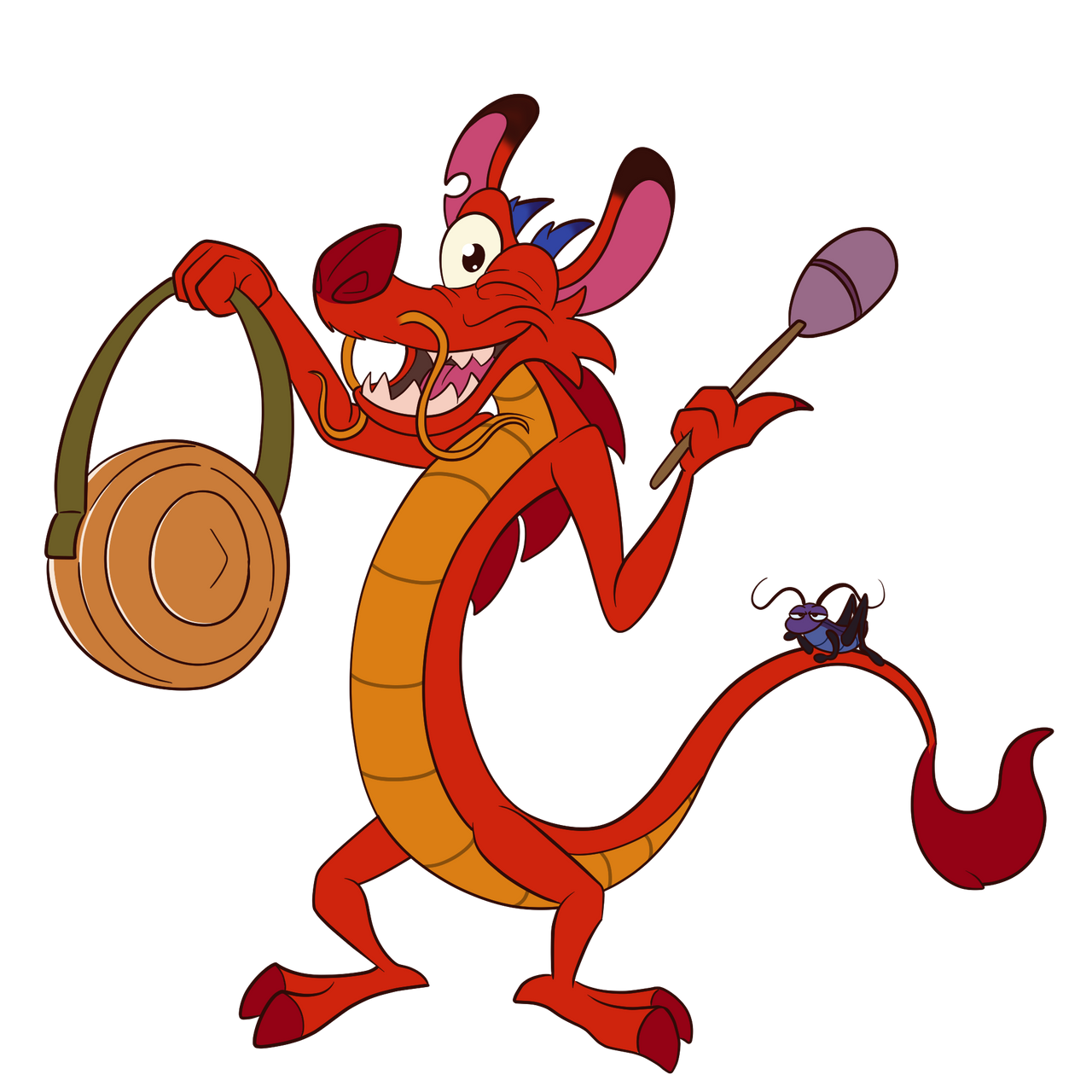
Many dragons these days are inspired by one of the several archetypes: Either an antagonistic role, advisor role, or the role of a companion. A final variation of this can be seen in modern animation franchises, where dragons can be depicted as cute or adorable mascot characters. Two Examples of this are the dragon Toothless from the animated movie How to Train Your Dragon by DreamWorks (Brown et al., 2010) and Mushu from the movie Mulan (Schroeder&Zoehfeld, 1998) animated by Disney. Both characters have certain design choices that are catered towards kids to give the dragon an image of an adorable animal (Schroeder & Zoehfeld, 1998) rather than majestic fantasy creature. The first of these design choices can be seen in Toothless, who moves and acts much like a cat instead of a ferocious dragon. This is done to make him both more approachable and cuter, which works for the plot of the movie as the main human character has to befriend the dragon to succeed. With Mushu the change comes mostly in his comedic nature, since he is able to talk it makes him less threatening and supports the idea of a funny companion who is scared of many things that Mulan has to overcome. These examples show that the dragon has become a creature that is accessible for all ages and can be enjoyed in different forms that fit not only different narratives but different age groups, and with this the dragon will probably stay relevant for a long time to come.
